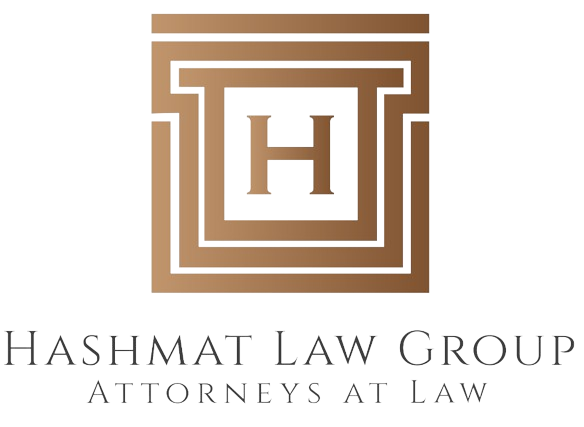Is my business Eligible For ERC ( Employee Retention Credit )?
Your business may be Eligible For ERC either due to a significant decline in gross receipts during a calendar quarter and/or a full or partial suspension during any calendar quarter due to a governmental order.
Eligibility based on a significant decline in gross receipts
Use the table below to help your company preliminarily estimate if it may have qualifying periods due to a significant decline in gross receipts during a calendar quarter. Please enter the gross receipts for each calendar quarter from 2019 through 2021. Leave the field blank for any quarter in which your business was not in operation.
Gross receipts include the total revenues your company received from all sources before subtracting any costs or expenses.
Remember, if your business has more than one legal entity or is part of a controlled group or an affiliated services group, IRS aggregation rules apply to your gross receipts calculation. Unlock ERC benefits: See if your business is eligible for ERC! Apply For ERC today.

Eligibility based on a full or partial suspension
Your company may also be eligible for ERC if operations were suspended as a result of a governmental order limiting commerce, travel or group meetings as a result of COVID-19. The suspension may be full or partial and may affect one or more of your locations.
If your company had operations in more than one location, you may have been subject to governmental orders requiring a partial or full suspension in only some locations, but not all. However, you may have chosen to operate in a consistent manner across all locations by implementing a standard, company-wide suspension policy compliant with local regulations, as well as the Center for Disease Control and Prevention (CDC) recommendations and the Department of Homeland Security (DHS) guidance. In this case, even though some of your company may not have been suspended due to a governmental order, but rather your decision to implement CDC or DHS guidelines, your company may still be considered to have suspended operations in all locations. Maximize savings: Check if you’re eligible for ERC benefits now!
Direct suspension
Here are some common examples of businesses being directly affected by a partial suspension.
Eligible scenarios:
- A retailer must close several physical locations due to government orders; however, online sales continue and increase compared to prior periods. The closed storefront operations represent a more-than-nominal portion of the business’s operations.
- A physical therapy facility was not deemed an essential business and was ordered to close due to a government order. The facility moved to an online format and was able to serve some clients remotely, but not all. Access to equipment and the facility were no longer possible, and these are considered central to operations.
- A restaurant must limit indoor seating capacity (for example by 50%) due to government orders. However, it is allowed to continue food or beverage sales on a carry-out, drive-through or delivery basis.
Non-Eligible scenarios:
- A grocery store is deemed an essential business. However, a government order requires grocery stores to discontinue their self-service offerings (e.g., salad bar). It modifies its business operations in compliance with the order. However, the salad bar is not a more-than-nominal portion of the business and discontinuing the self-serve services did not have a more-than-nominal effect.
- A consulting company is required to shut down due to government orders. Travel and events were a nominal portion of operations, and all employees were able to transition to teleworking and conduct operations in a comparable manner within a reasonable amount of time (two weeks).
- A SaaS company is not deemed an essential business and was ordered to close due to a governmental order. Prior to this, employees teleworked approximately twice a week. Due to the order, all employees begin teleworking on all days. In effect, the company was able to continue its business in a comparable manner.
Direct suspension
Here are some common examples of businesses being indirectly affected by a partial suspension.
Eligible scenarios:
- A raw materials supplier is required to shut down due to government orders. As a result of suppliers’ shutdown, and the inability to source an alternative supplier, a manufacturer is not able to perform its operations.
- A company that provides anesthesia services for elective procedures to hospitals is disrupted because the hospitals for which they normally provide anesthesia services have been ordered to discontinue elective procedures.
- A manufacturer experienced a breakdown of equipment for a product line that accounts, for example, for 25% of the business’s operations. The equipment servicer is based outside the US and unable to travel due to a US border closure. The equipment is highly specialized, and it was not possible to source alternative servicers.
Non-Eligible scenarios:
- A vendor that is the sole supplier of a critical raw material is shut down due to government orders. However, the manufacturer increases supplies of an equivalent or similar material from another vendor in order to keep operations going. Though its original supplier is subject to a government order, the manufacturer was able to continue operations in a comparable manner.
- A food truck experiences a significant decline in customer traffic due to stay-at-home orders. As a result, the food truck decides to suspend operations for some number of months and then operate a limited number of hours daily thereafter.
